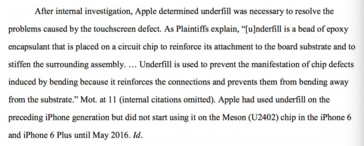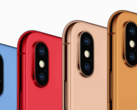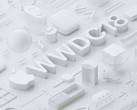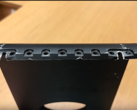A lawsuit targeting Apple over the infamous "Touch Disease" plaguing the initial batches of iPhone 6 and iPhone 6 Plus has apparently revealed that "Bendgate," as it was called at the time, was also very real. When reports started surfacing that iPhone 6 and 6 Plus were complaining that their devices bending out of shape, Apple responded with a PR stunt, inviting The Verge into its testing facilities to show how robust its processes were. Court documents now reveal that, behind this public facade, Apple knew all along that its iPhone 6 and 6 Plus were more prone to bending. This was also at the heart of the "Touch Disease" issue as well, reports Motherboard.
In a recently published opinion on the case, presiding US District Court Judge Lucy Koh reveals that Apple's internal testing showed that the iPhone 6 was 3.3 times more likely to bend than the model it replaced, the iPhone 5s. It also found that the iPhone 6 Plus was 7.2 times more likely to bend than the iPhone 5s. [This a point not lost on the author of this article whose iPhone 6 Plus bent out of shape the first time he sat down with it in his rear pocket.] Apple claimed at the time that key stress points in the devices were reinforced with steel and titanium coupled with a custom 6000-series alloy chassis, the quality of which it stood behind.
According to the lawsuit, the unintended malleability of the device is what also caused the Touch IC chip to fail. Affected devices were blighted by a flickering gray bar at the top of the display, while the touch panel would either become intermittently responsive, or unresponsive all together. According to independent repair professionals that Motherboard spoke with, the bending of the devices in normal use would cause the welding of this component to breakdown over time. The lawsuit contends that an internal investigation led to underfill being applied beneath the Touch IC component to stop the problem from recurring, a change to iPhone 6 and 6 Plus production that Apple did not make public.
Instead, Apple's response was to drop its repair charge for "Touch Disease" affected devices to US$149 down from US$349. Apple contended at the time, an argument that it has maintained during the court case, is that the touch problem was caused by users repeatedly dropping their devices. Although not mentioned in the Motherboard article, Apple subsequently upgraded the aluminum chassis in the iPhone 6s to a new 7000-series alloy, which is substantially stronger than the 6000 series alloy used in the iPhone 6. Coincidentally, perhaps, since Apple switched to the new metal, the the iPhone 6s, 7 and 8 have not been subjected to the same customer complaints. The iPhone X uses an even stronger steel chassis.















